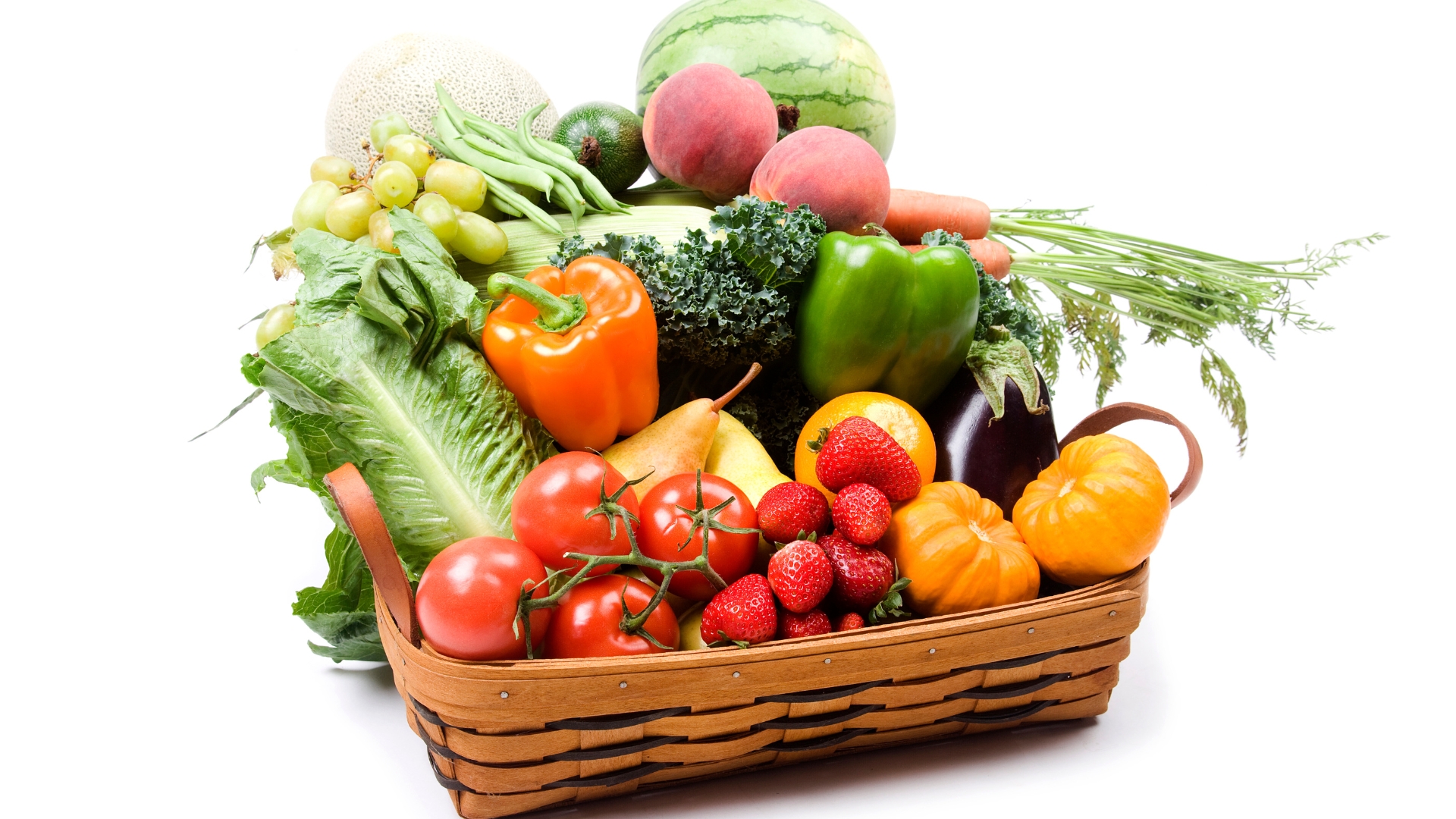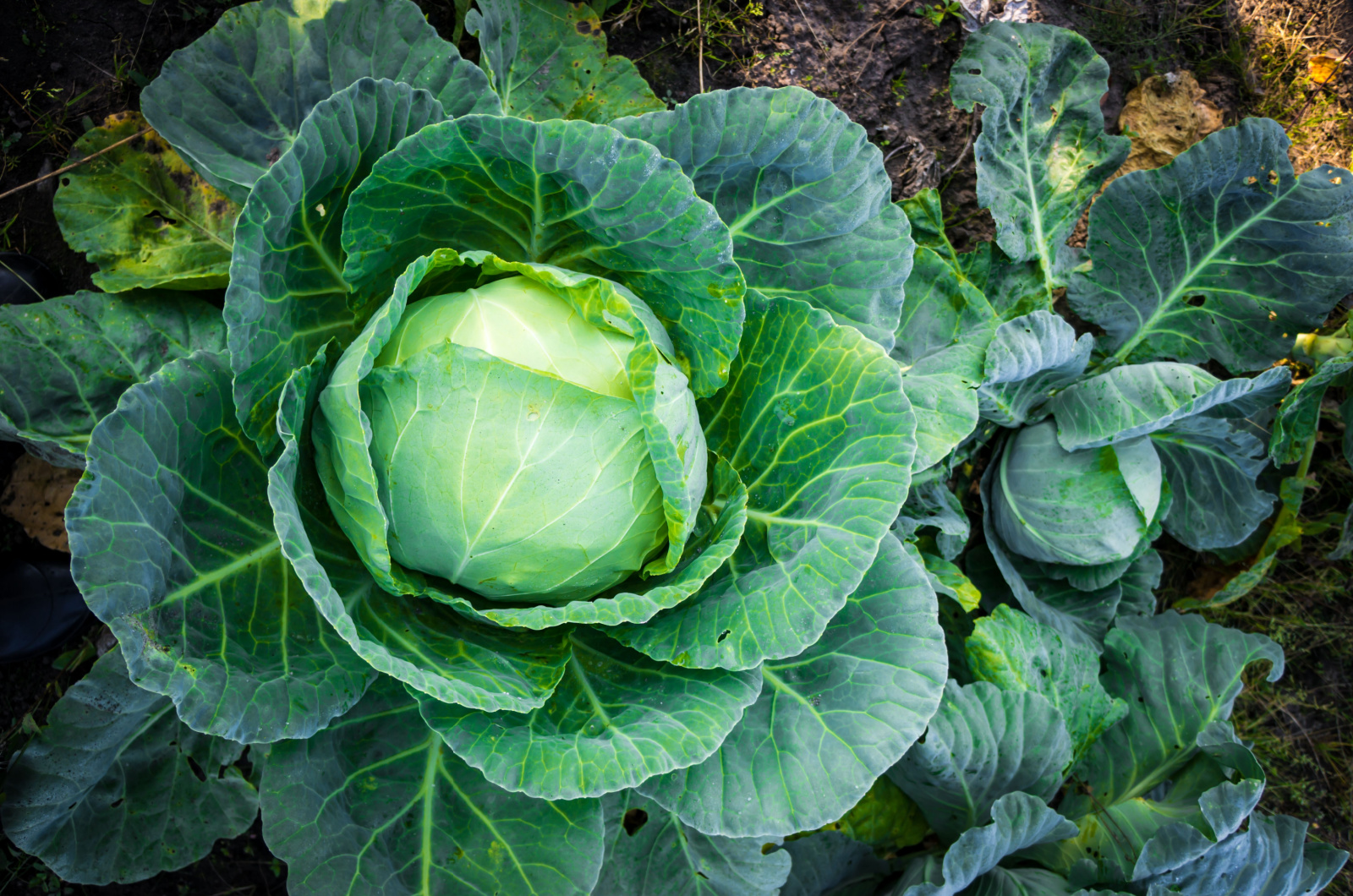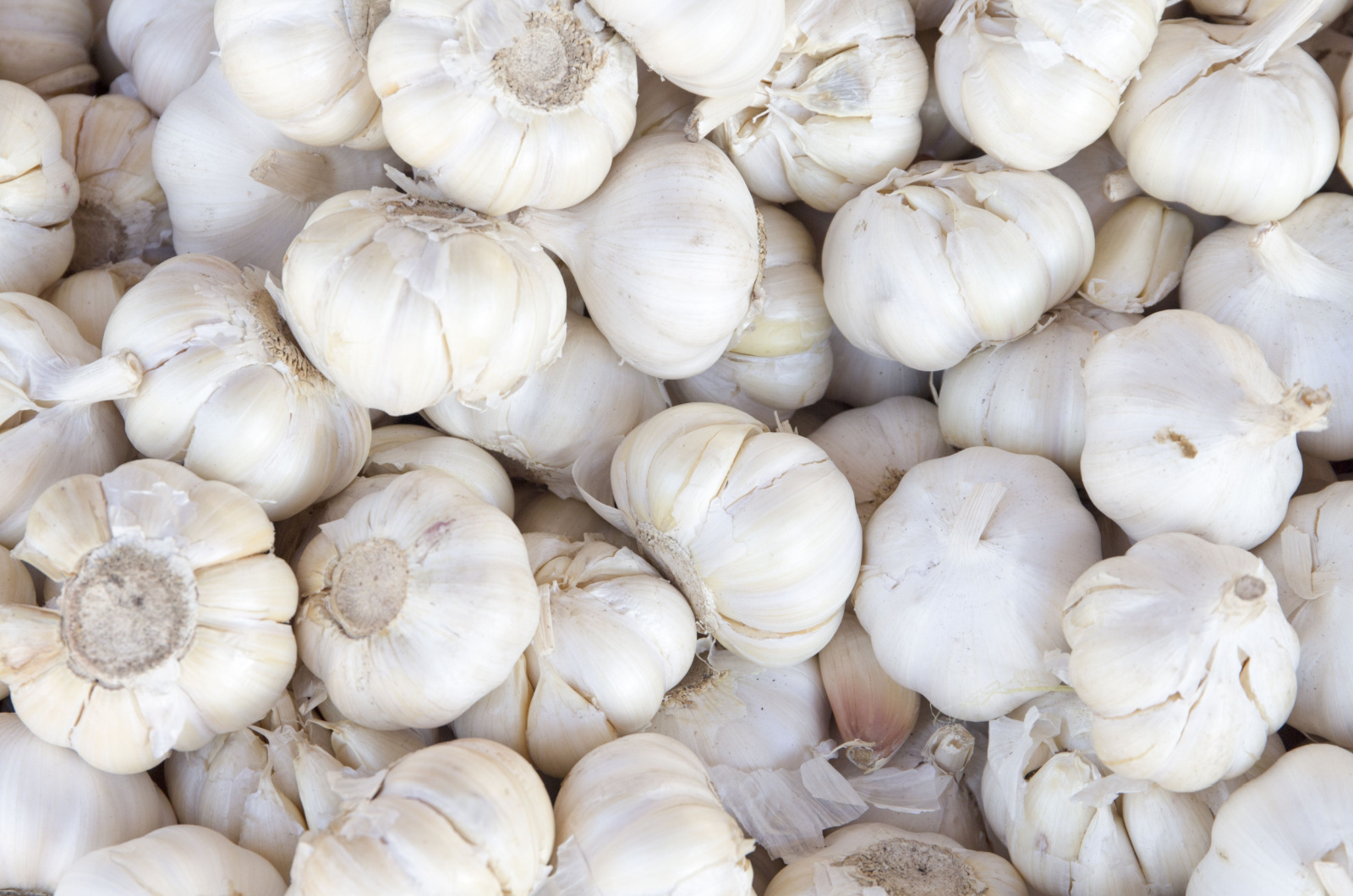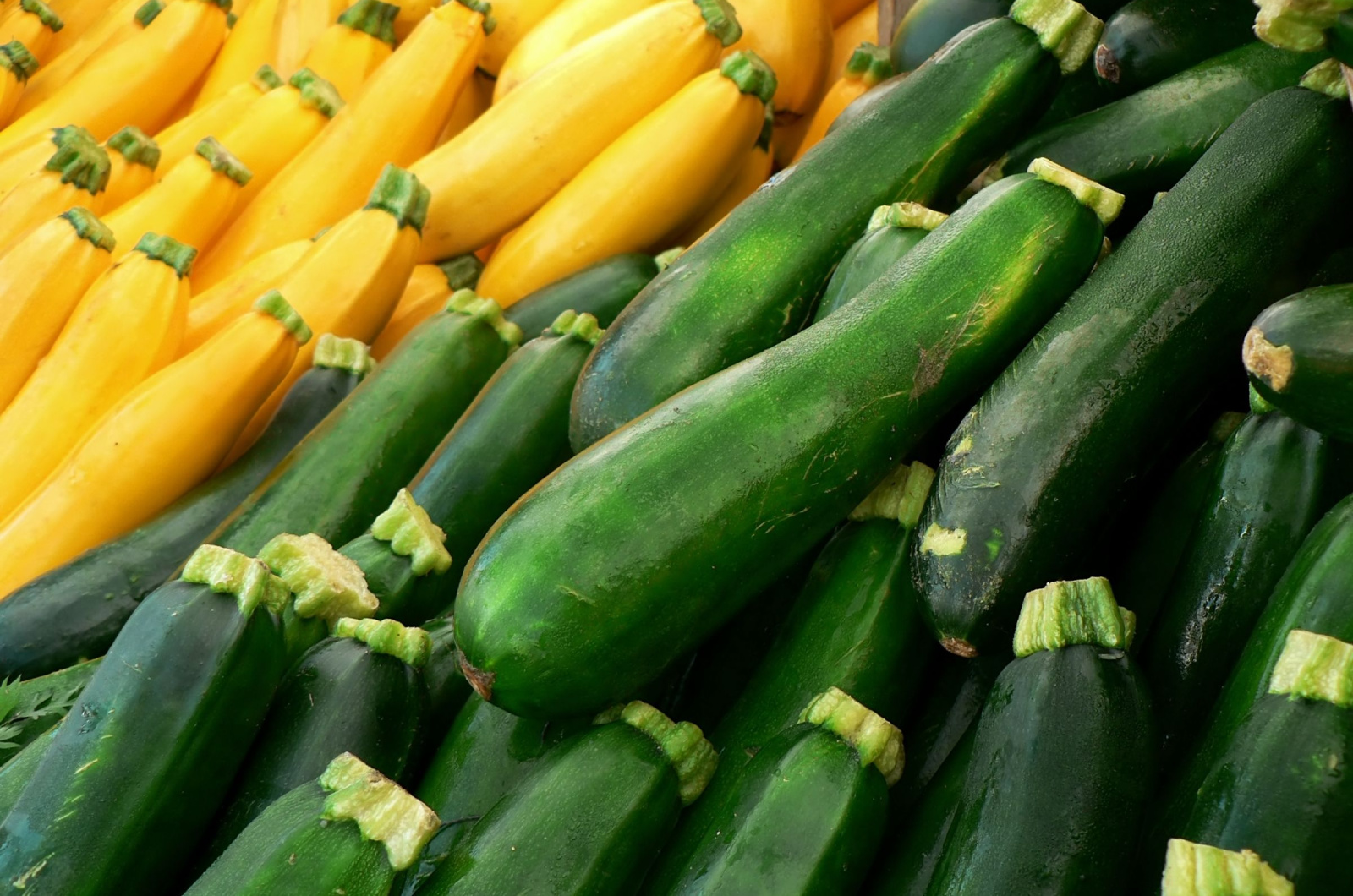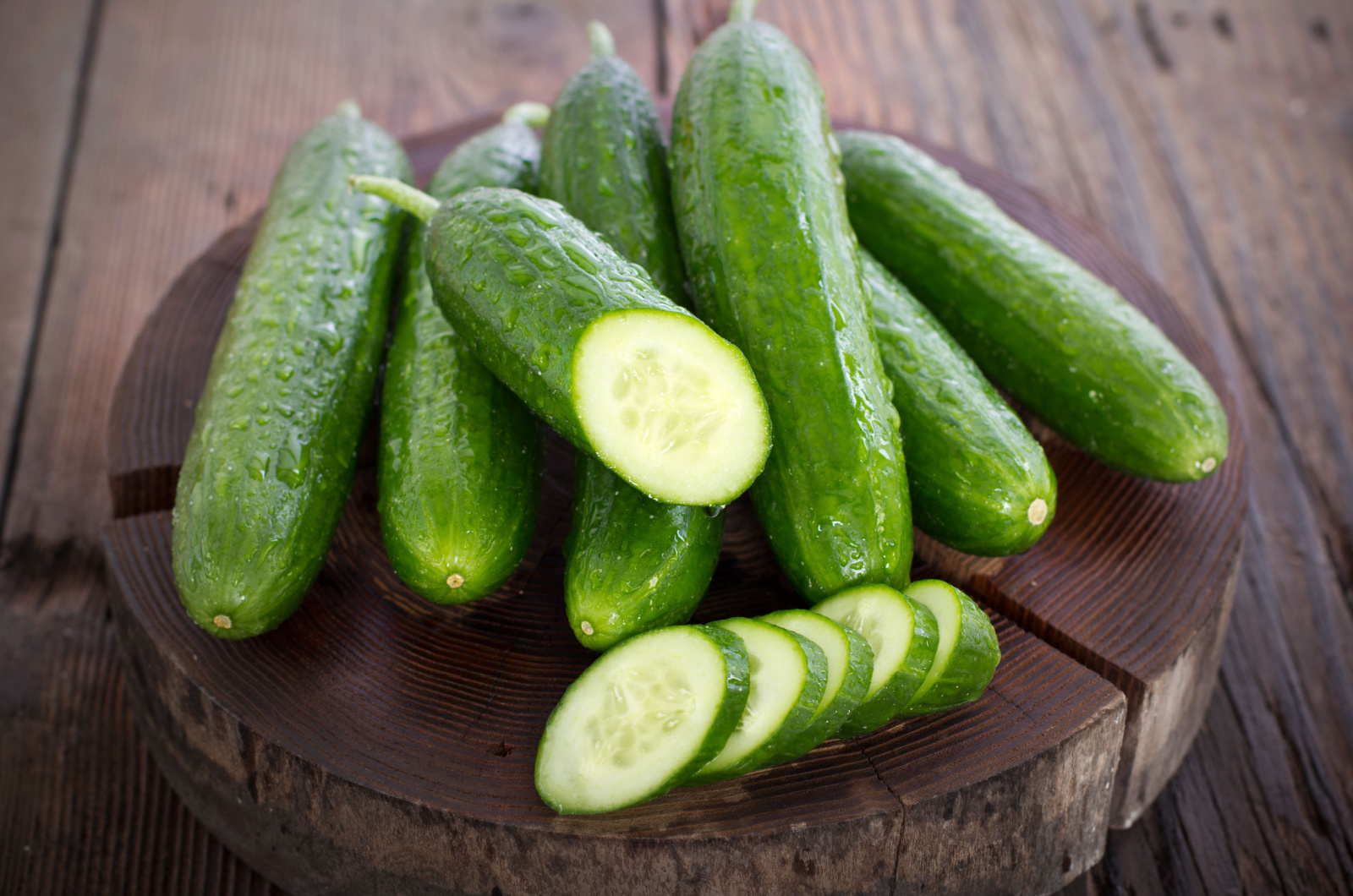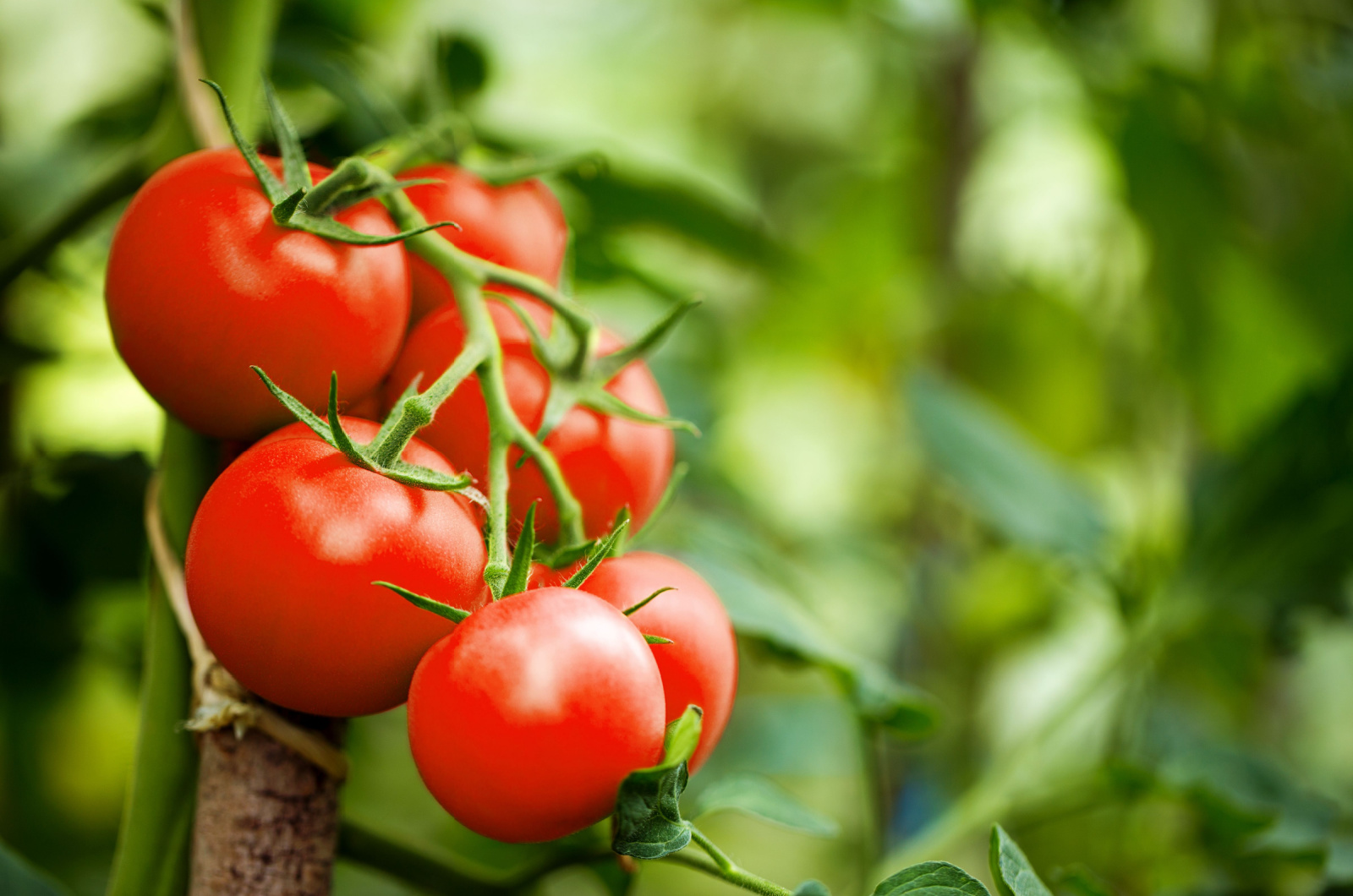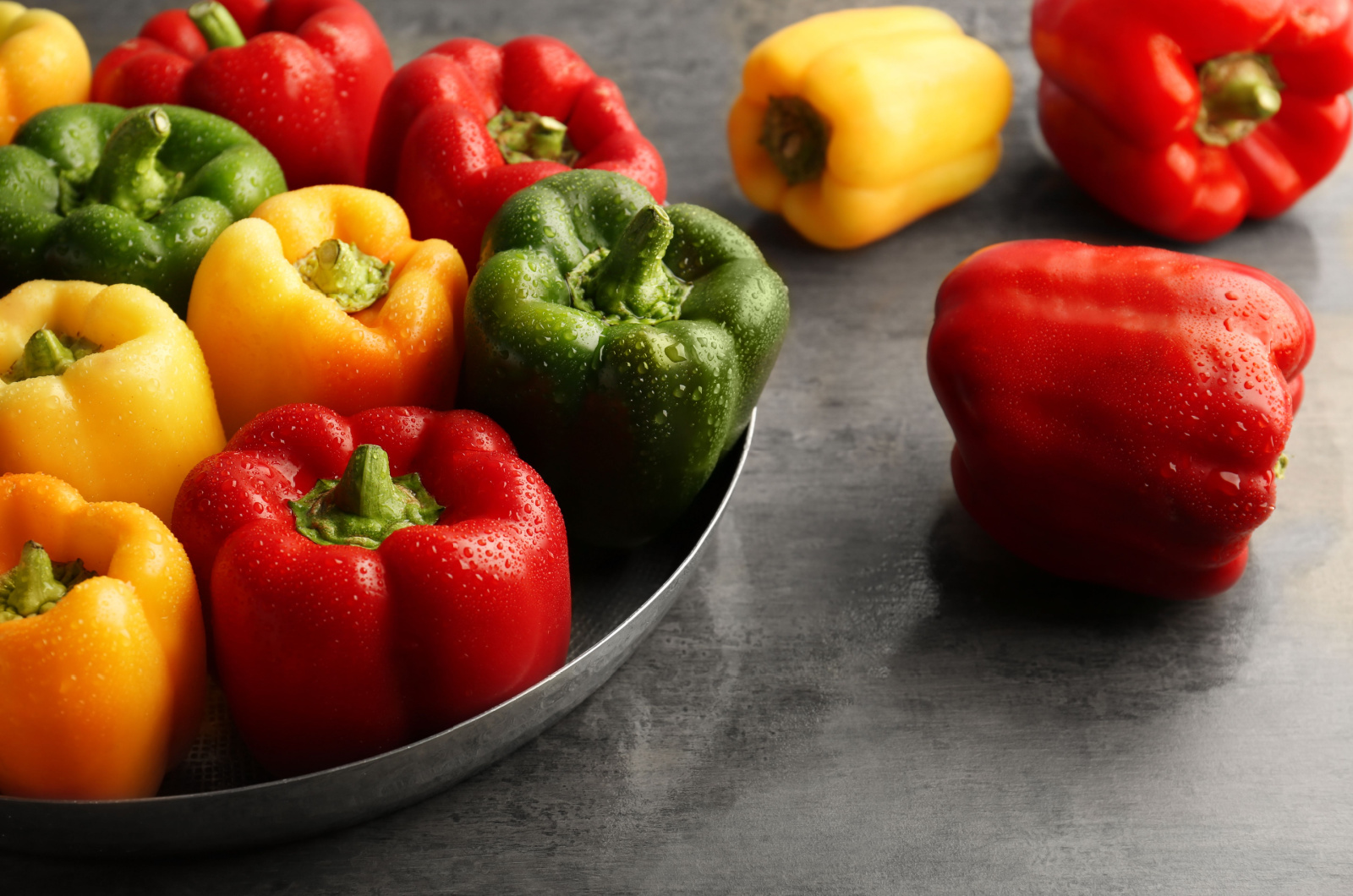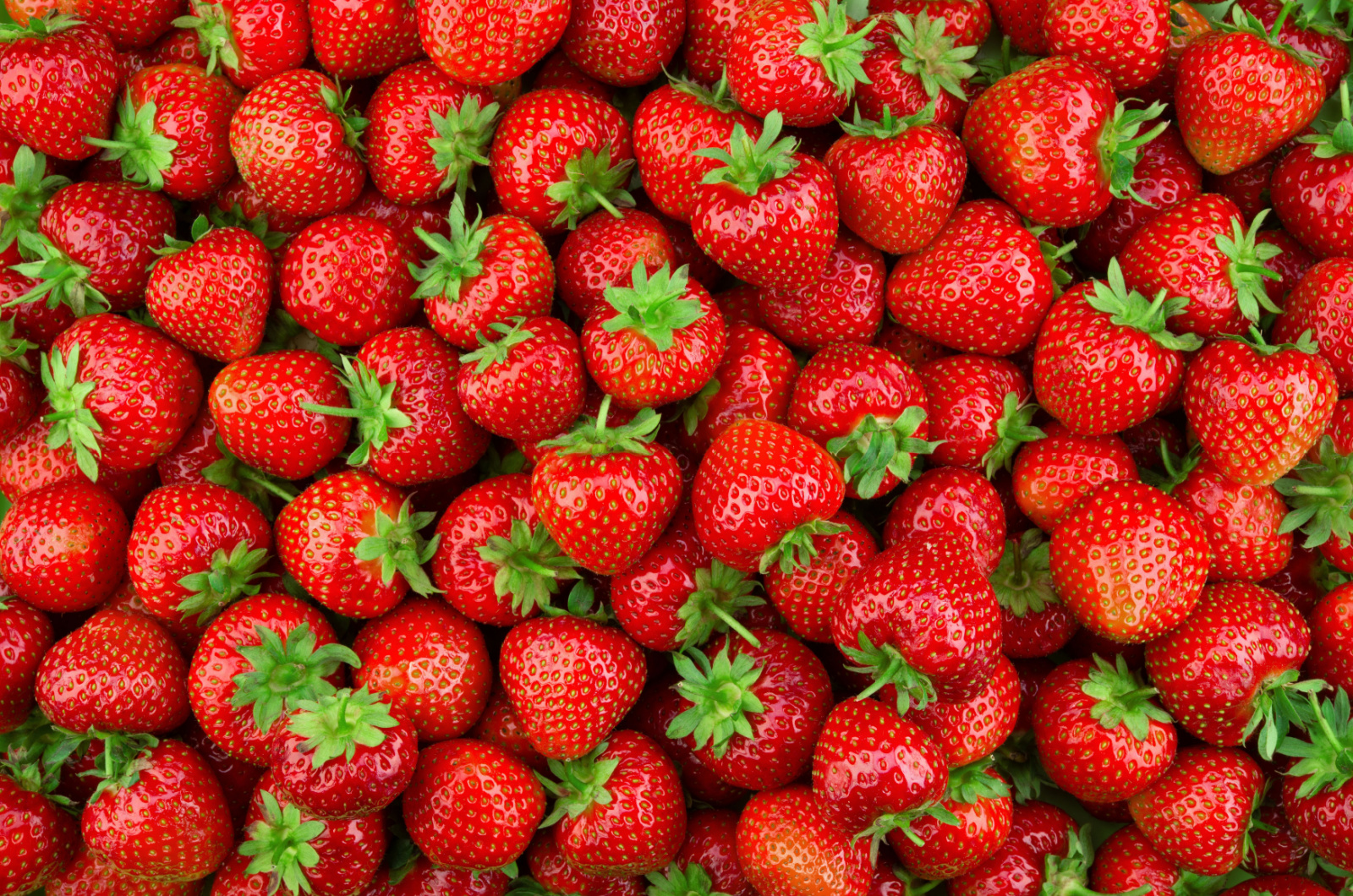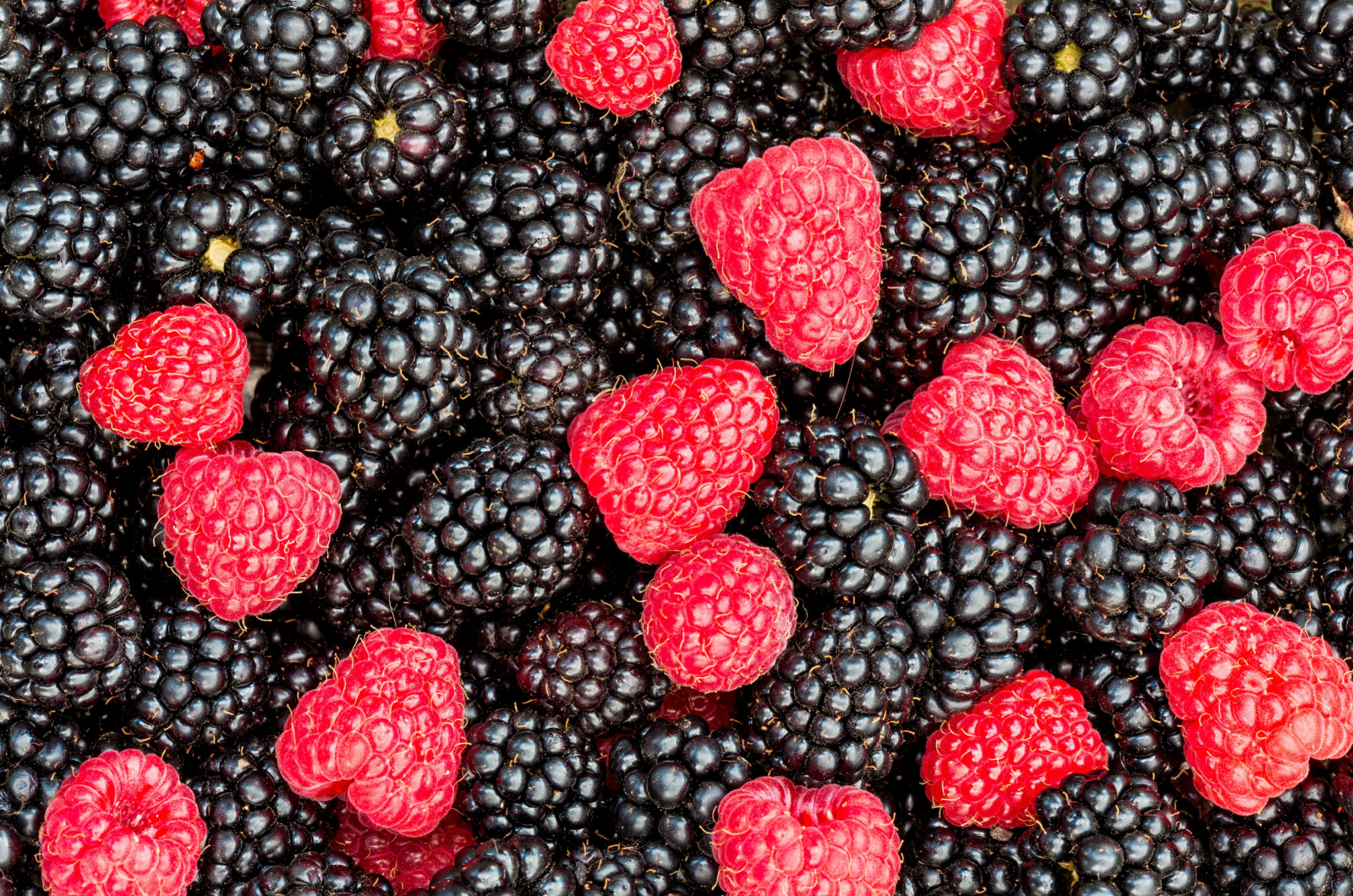If you are at the beginning of your gardening journey, don’t fret!
Growing your own fruits and vegetables is truly a rewarding experience.For beginners, choosing the right fruits and vegetables can make all the difference. And luckily, there are plenty of crops that are super easy to grow!
In this article, we are going to share some tips and tricks on how to grow beginner-friendly fruits and veggies that will reward you with delicious crops.
Let’s grow together!
1. Cabbage
Cabbage is a cool-season veggie that can be easily grown for seeds. If you missed planting it and the summer arrives earlier, you can still sow their seeds and be ready for a bountiful fall harvest.
Grow cabbage in well-draining soil, making sure that it stays evenly moist. You should protect young plants from pests like cabbage worms.
If you want, you can also try growing ornamental cabbage: How To Grow Ornamental Cabbage For A Color Boost In Your Winter Garden
2. Garlic
Garlic is a popular root veggie that can be planted in spring and fall – fall-planted garlic will produce bigger and tastier crops. Plant individual cloves in the fall for the best results
Make sure that your garlic grows in chilly temperatures, otherwise their bulb-like heads won’t separate and form individual cloves. Here are top tips for how to grow an endless supply of garlic at home!
3. Zucchini & Squash
Zucchini and other squash seeds need to be planted directly in the ground at the end of spring planting – make sure that the soil is rich in nutrients. Water them regularly, making sure that the soil stays moist.
Soft-skinned squash can be eaten when ripe, while thick-skinned squash can be stored during the winter months. Keep an eye out for pests and use appropriate pesticides to treat them.
You might also like: 9 Tips For Growing Zucchini Vertically Like A Pro
4. Cucumbers
Cucumbers are another popular veggie that might take up some space in your garden; if you have a smaller one, you can always try to grow cucumbers in containers.
Provide support for their vines as they grow and harvest regularly to encourage more fruiting.
Learn all about growing cucumbers here: 9 Expert Tips For Growing Perfect Cucumbers in Your Garden
5. Tomatoes
Tomatoes are heat-loving crops that can thrive almost anywhere as long as they’re nice and warm. Make sure to choose appropriate tomato varieties for your region.
Grow tomatoes in nutrient-rich soil with good drainage – you can add plant cages to keep them healthy and harvest them easier.
This might be useful: 8 Simple Strategies To Get More Tomatoes And Boost Your Harvest
6. Bell Peppers
Bell peppers grow in many different colors based on the variety – you can have a colorful garden when growing yellow, red, orange, and even chocolate brown peppers!
Plant bell peppers in well-draining soil with full sun exposure: water consistently, especially during dry spells.
This might be useful: 8 Effective Tips For Growing Lots Of Peppers In Your Garden
7. Strawberries
Strawberries are probably the easiest and the most delicious fruits you can grow in the ground or in containers. They’ll grow and spread via “runners”, which are parts of plants that root and grow into new plants.
Grow strawberries in well-draining soil, provide adequate sunlight, and water them consistently. You can also try to grow strawberries indoors for a delicious year-round fruiting!
This might be useful: The Best Tip For Planting Healthy And Robust Strawberries
8. Blackberries & Raspberries
If you like berries, then you should definitely try growing blackberries and raspberries. They’ll provide you with tasty fruits, but also attract lots of pollinators beneficial for your other plants.
Plant them in fertile, well-draining soil and provide support for trailing varieties. Remember to prune these shrubs regularly to encourage fruiting and manage growth.
This might be useful: When And How To Prune Raspberries

